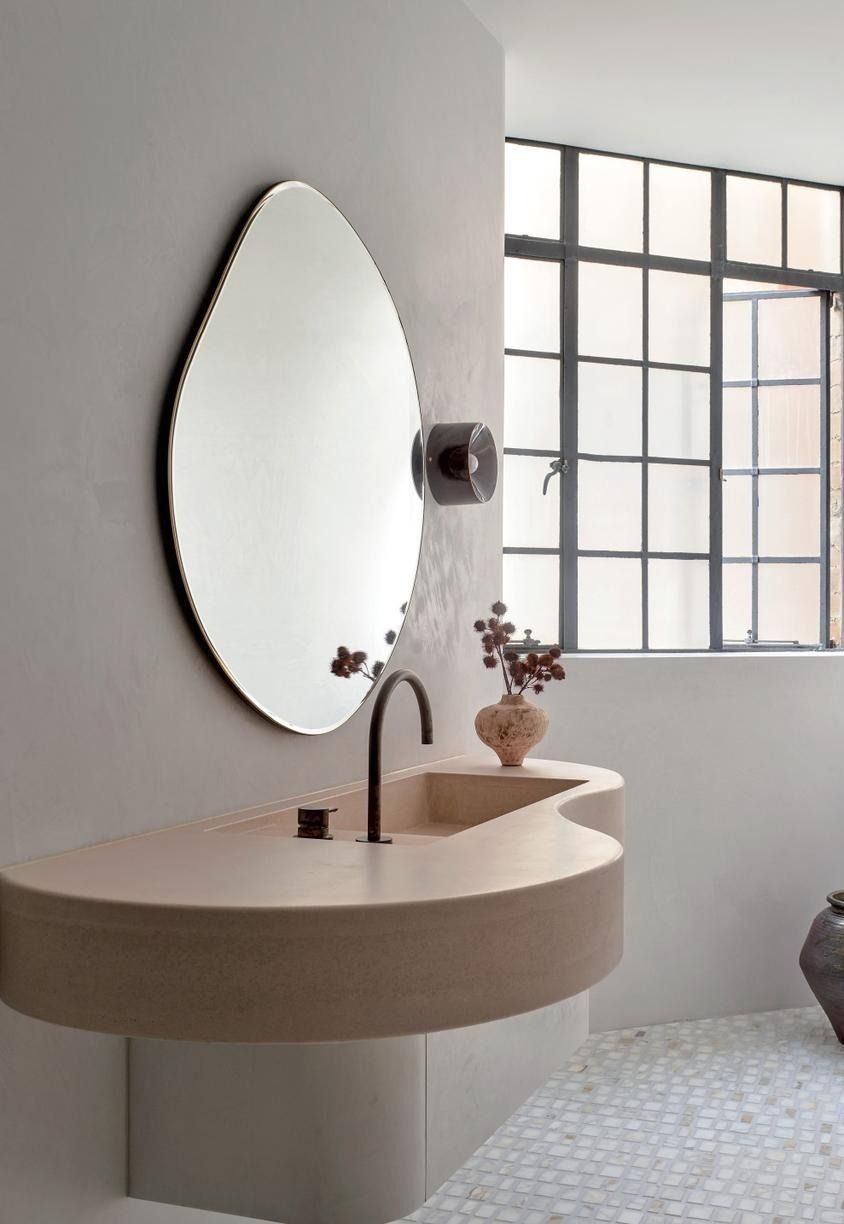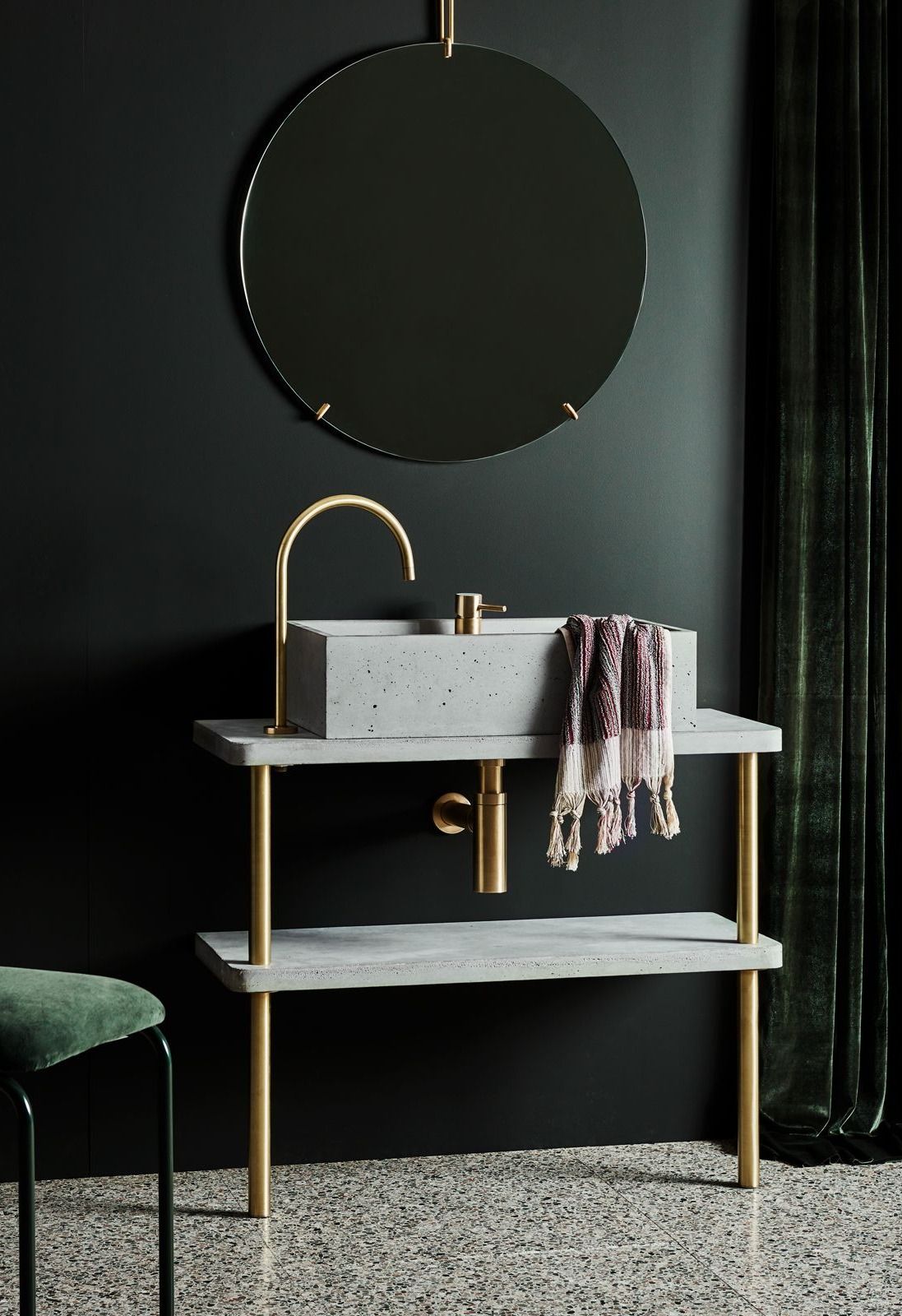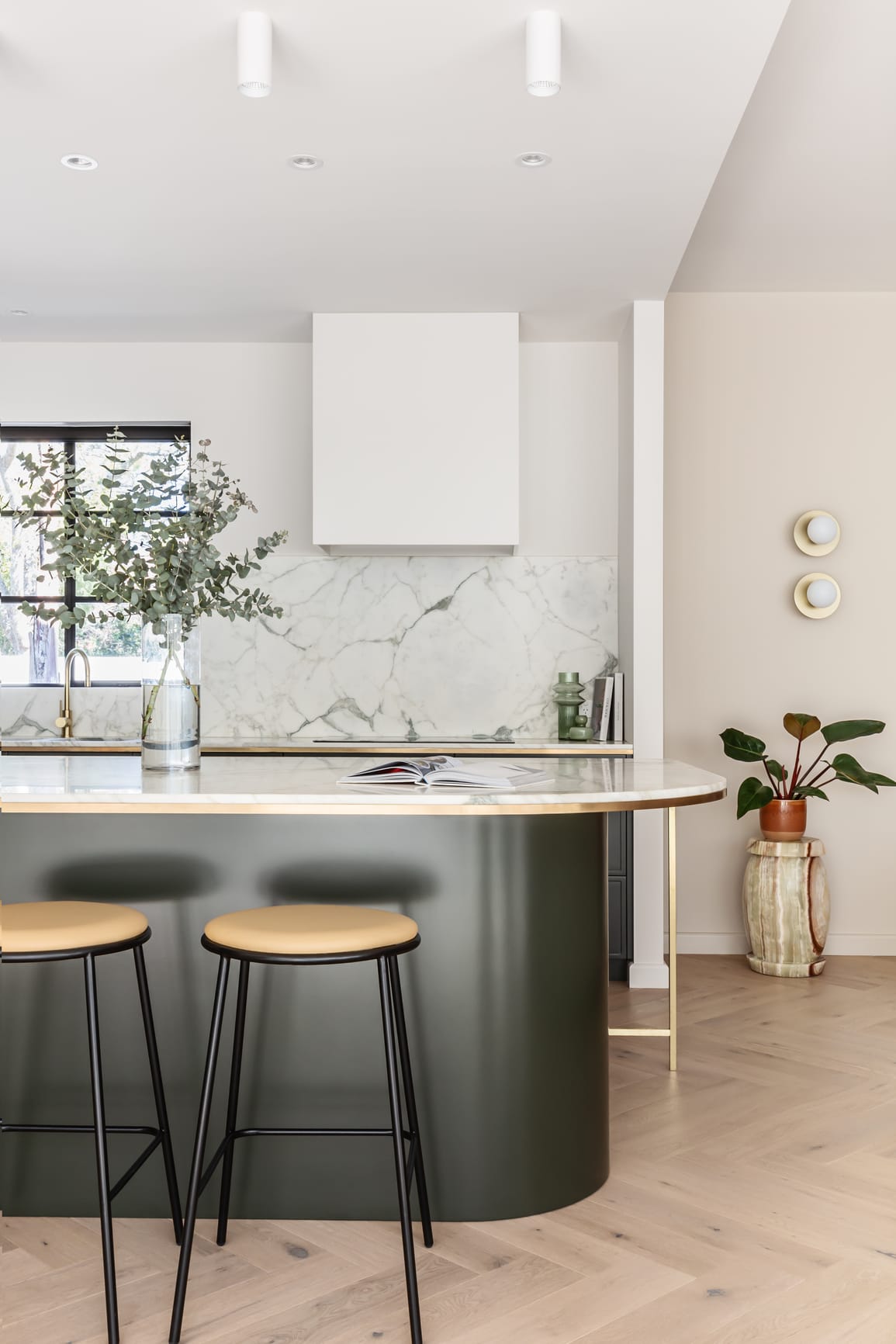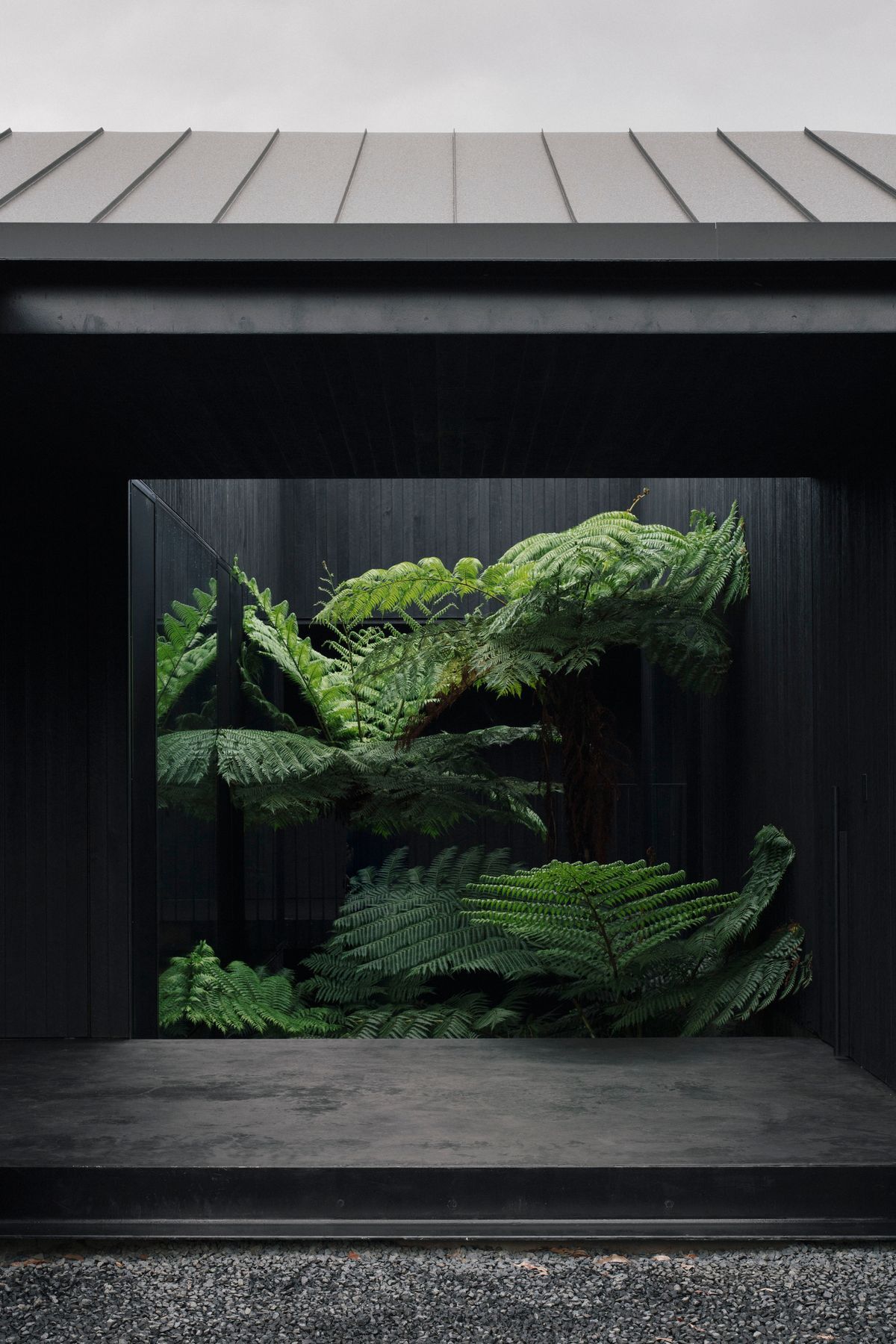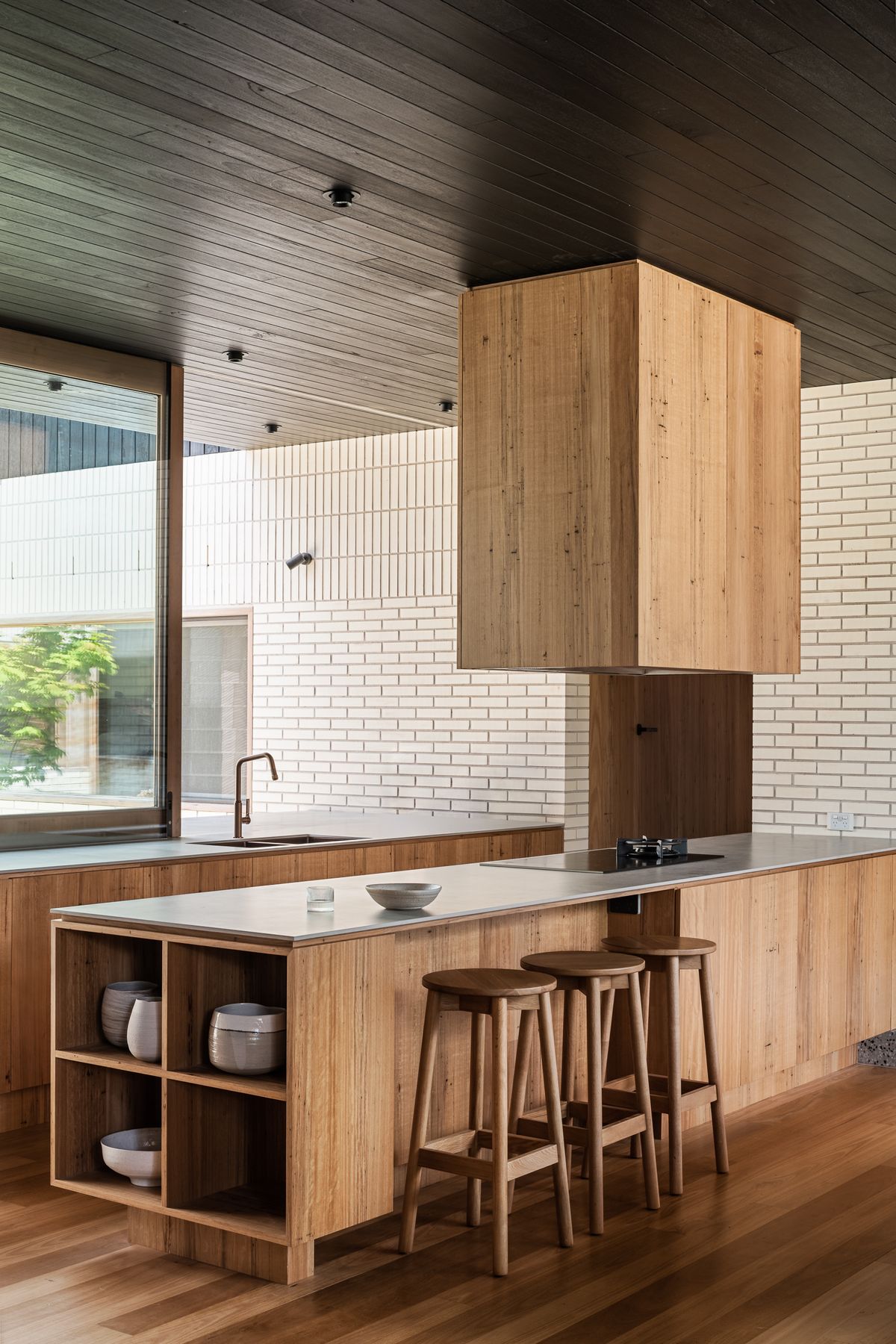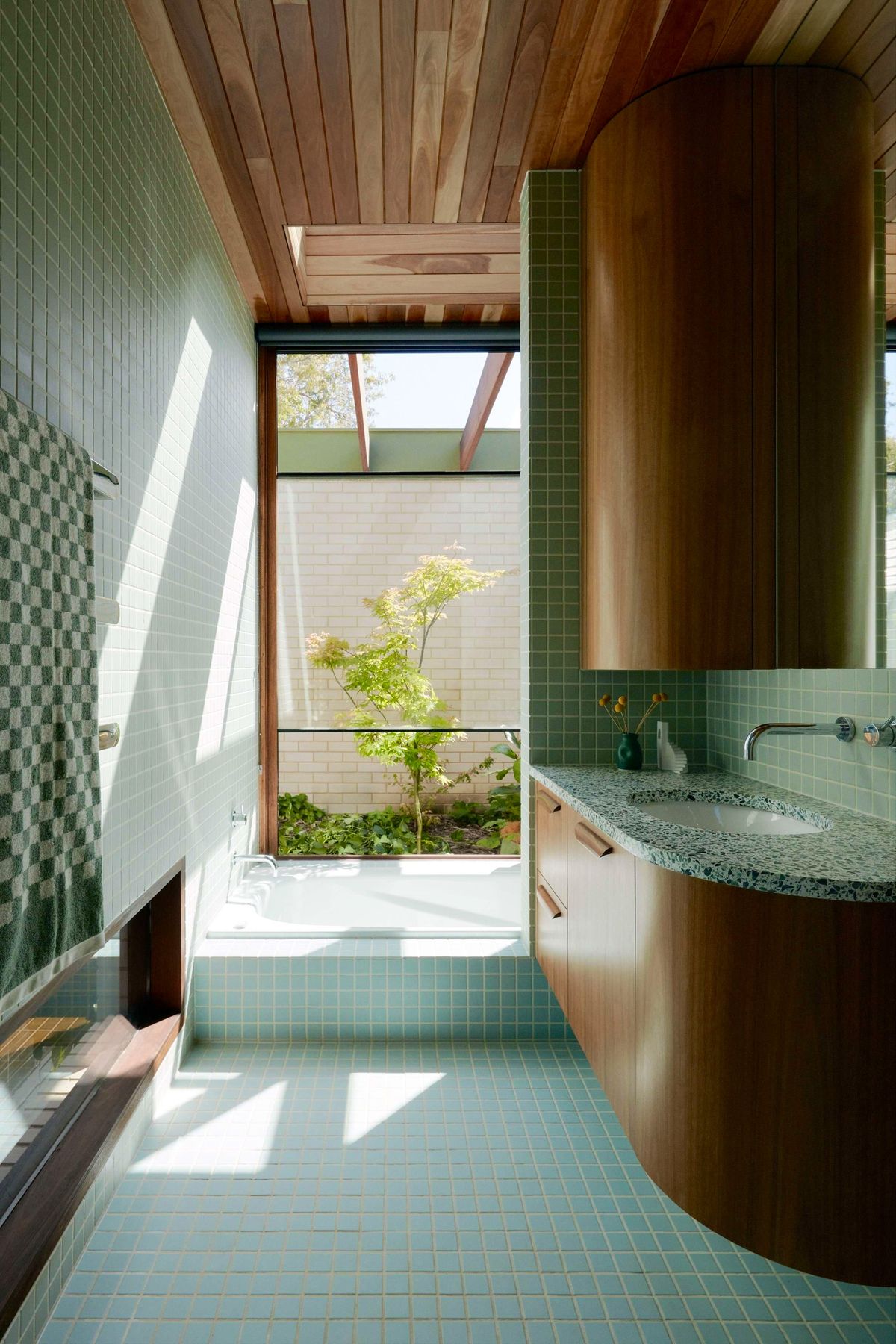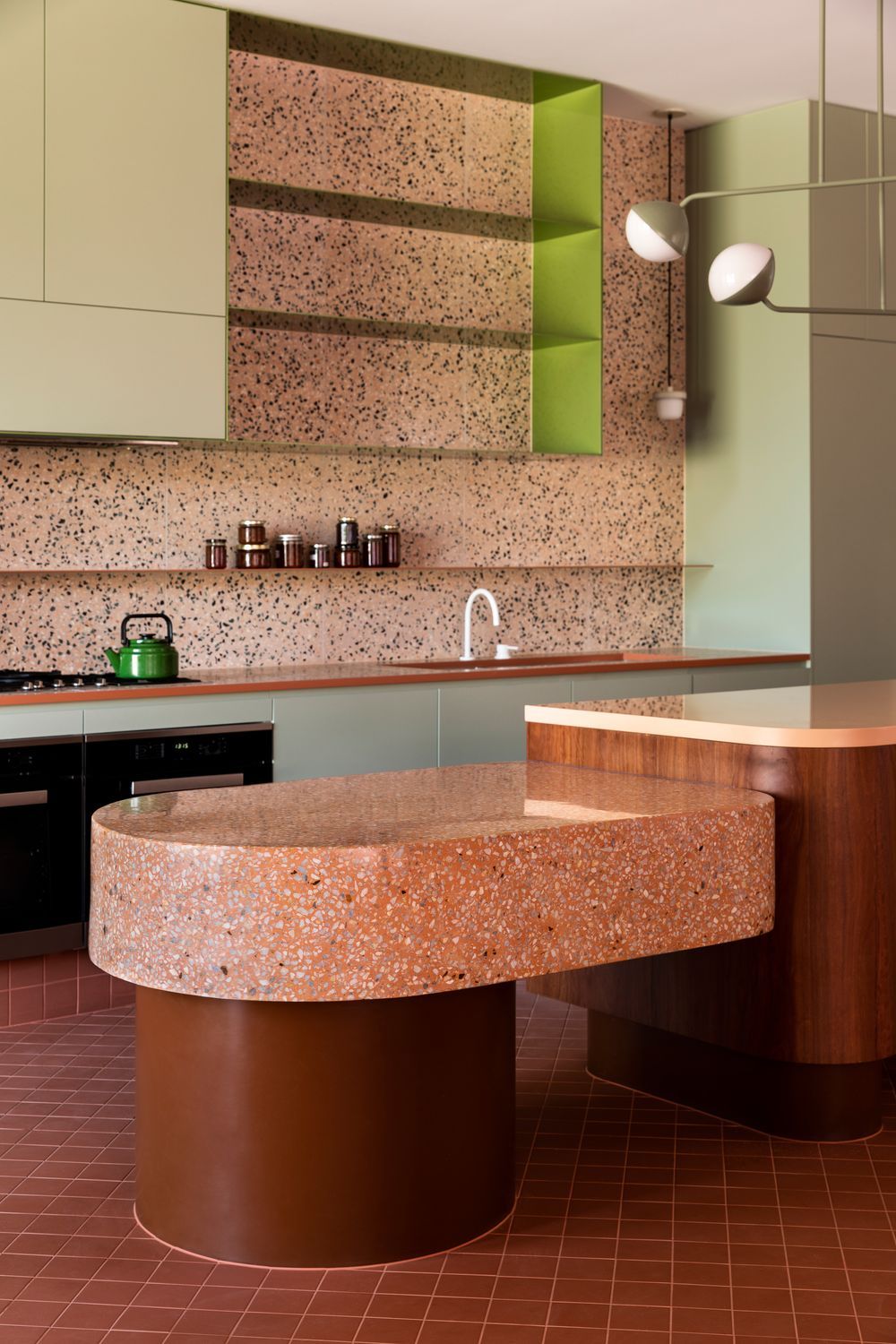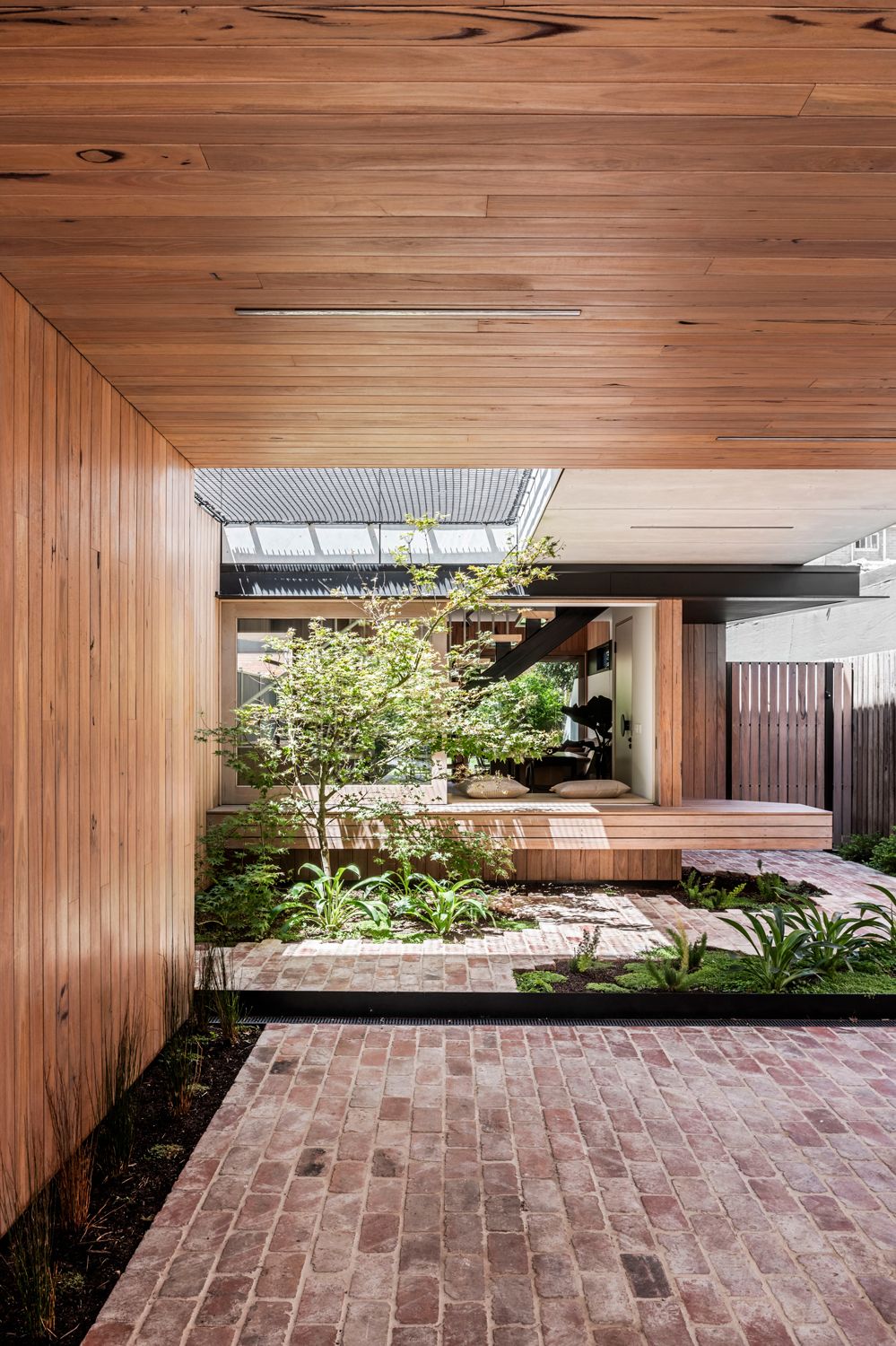The mere thought of renovation costs can be daunting for many, fear not, revamping your bathroom does not necessarily mean emptying your pockets. With innovative approaches, some DIY spirit, and a pinch of imagination, you can breathe new life into your bathroom without the hefty price tag. Dive into this guide as we walk you through various budget bathroom renovation ideas, each promising to provide a rejuvenated aesthetic and enhanced functionality to your space.
1. Repaint Your Bathroom
Repainting your bathroom stands as one of the most straightforward yet transformative methods to revitalise the space. Not only does it offer an instant aesthetic shift, but it's also a cost-effective solution compared to other renovation activities. The essence of the bathroom's atmosphere hinges heavily on the colour and quality of the paint. When selecting the right shade, consider moisture-resistant varieties, specifically designed for humid environments to guard against mould, mildew, and peeling. Light and neutral colours, such as whites, greys, and beiges, are often celebrated for their ability to impart a spacious and airy feel. However, if you're keen on a unique style statement, don't hesitate to venture into bolder territories or accent hues.
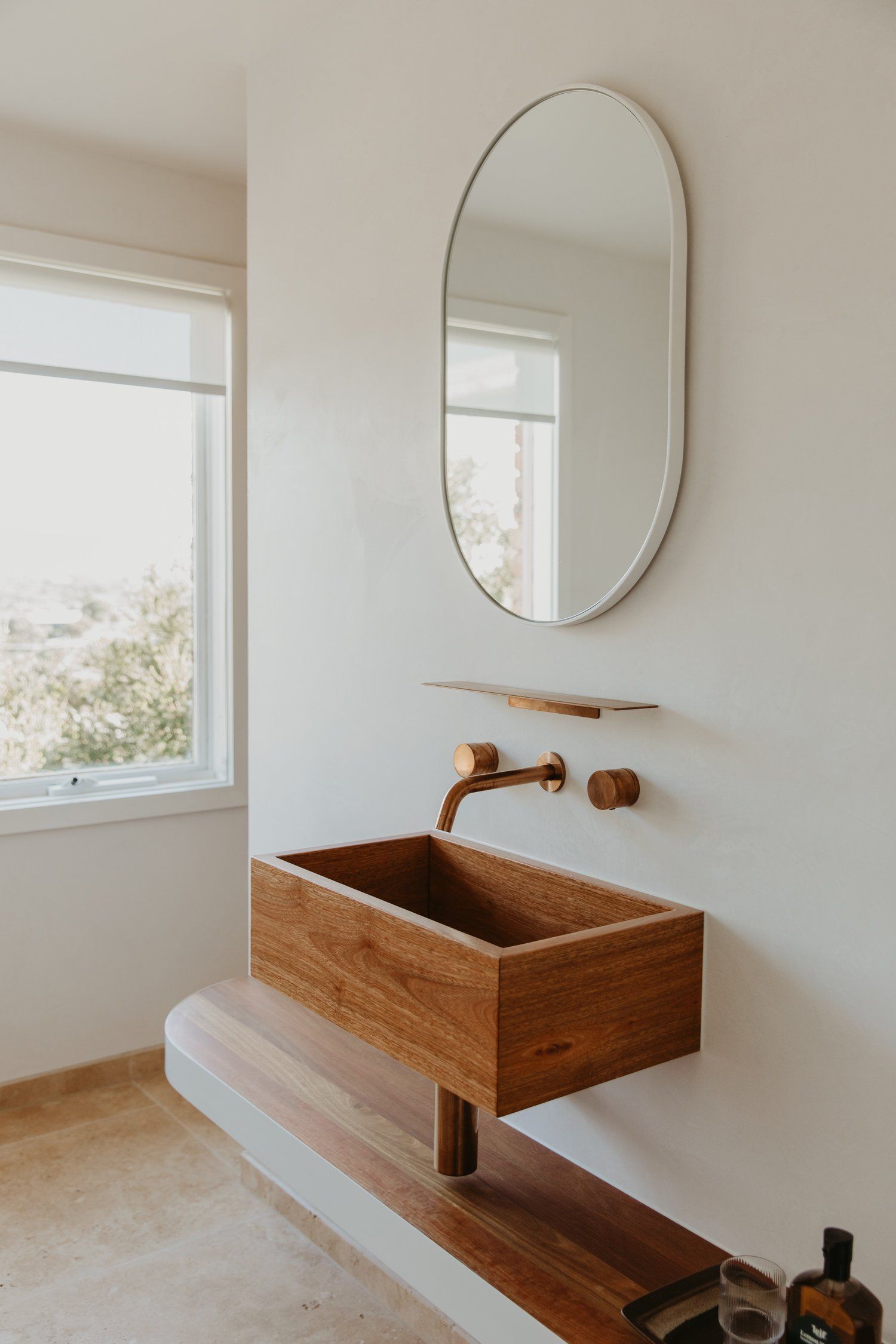
Have ideas for a Bathroom renovation? View our full Company Directory to find an Architecture & Design professional to help you or post your project brief and let the professionals come to you, for free!
2. Update Fixtures and Hardware
In the intricate dance of bathroom aesthetics, fixtures and hardware play an understated yet pivotal role. Just as jewellery can make or break an outfit, the faucets, handles, and knobs you choose can either enhance or detract from your bathroom's overall appearance. These components, though small, can dictate the ambiance, making a bathroom feel either modern, rustic, vintage, or anywhere in between.
As bathrooms age, fixtures can become dull, corroded, or simply outdated. Making the decision to upgrade them not only offers aesthetic improvements but can also enhance functionality and efficiency. Modern faucets, for instance, often come with water-saving features that not only reduce your utility bills but also promote sustainable living. Similarly, replacing old cabinet handles and drawer pulls can instantly elevate storage units from mundane to magazine-worthy.
However, the key to this renovation isn't just about replacing old with new but choosing designs that complement your bathroom's theme. Whether you opt for matte black finishes for a sleek modern look or brass-toned fixtures for a hint of vintage charm, it's essential to shop around to ensure consistency in style. Furthermore, while quality is paramount, there's no need to splurge excessively. Many affordable options in the market seamlessly blend quality with aesthetic appeal.
Lastly, remember that while hiring a professional is always an option, many minor hardware swaps can be done DIY, further saving on costs. With careful selection and a bit of elbow grease, updating fixtures and hardware can infuse fresh energy and inspiration into your bathroom, ensuring it's not just functional but also a reflection of your evolving style.
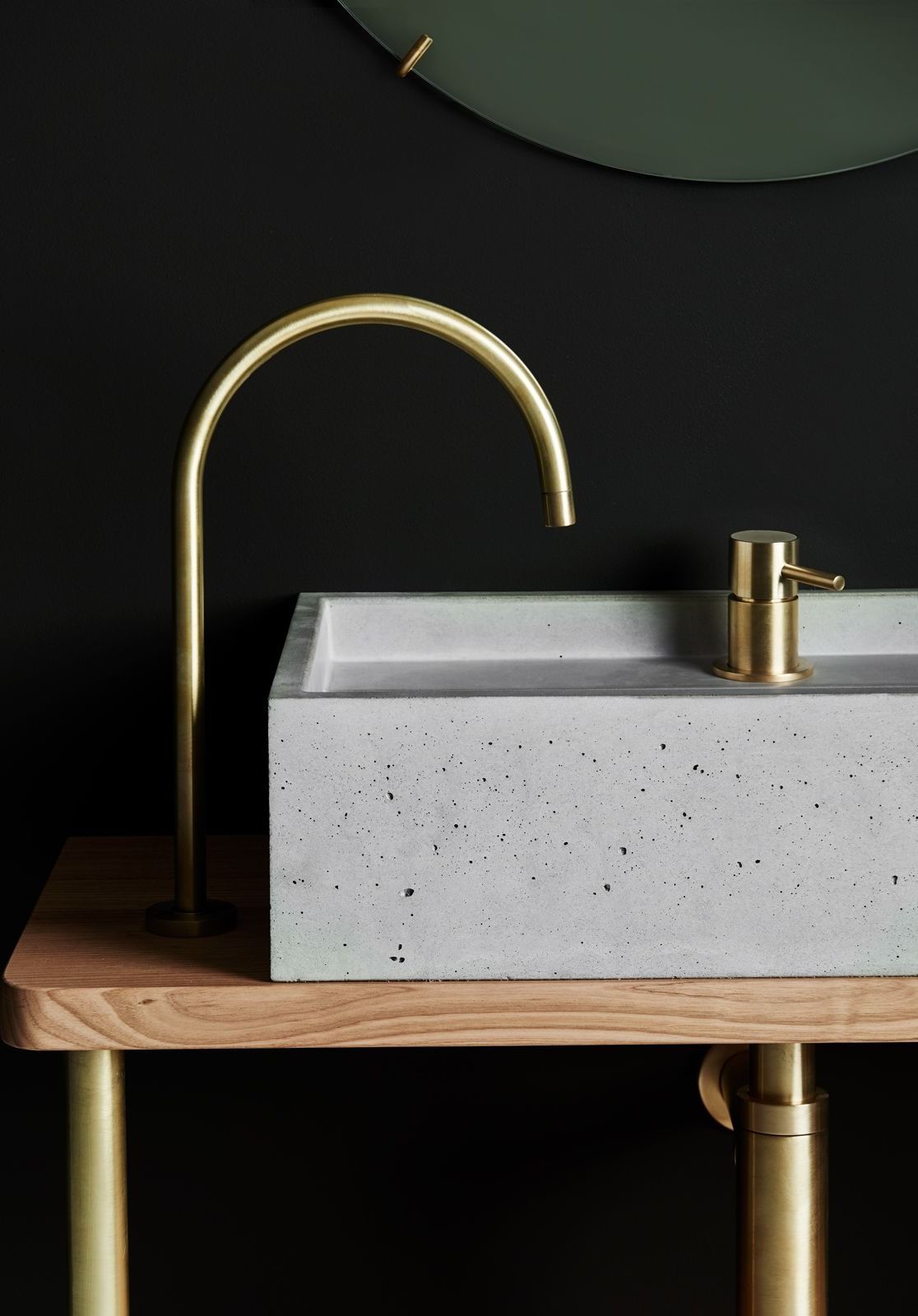
3. Refinish Instead of Replace
Over time, bathrooms bear the marks of daily wear and tear. Whether it's a stained bathtub, a chipped sink, or scratched cabinetry, these signs of aging might tempt homeowners to consider full replacements. However, there's a more budget-friendly and environmentally conscious option: refinishing.
Refinishing, often dubbed as reglazing or resurfacing, is the process of rejuvenating the surface of fixtures, making them look brand new without the need for complete replacement. For instance, a faded old bathtub can regain its original lustre and shine with a professional bath and refinishing job, saving not only money but also the time and hassle that comes with bathtub removal and installation.
Beyond the tub, other elements like sinks, tiles, and even certain countertops can benefit from refinishing. Instead of investing in entirely new pieces, a fresh layer or coat can provide the updated look you're aiming for. Similarly, cabinets that have lost their sheen over the years don't necessarily need replacing. A new stain or a fresh coat of paint can breathe life back into them, making them align more closely with modern aesthetics or personal style preferences.
Choosing to refinish rather than replace also has the added advantage of being more sustainable. By extending the life of existing fixtures and cabinetry, we reduce waste and the demand for new resources. Plus, the reduced labour and materials often mean a lighter carbon footprint.
In essence, the mantra "refinish instead of replace" champions the idea of transformation without excess. It's a testament to the fact that beauty and utility don't always demand brand-new purchases. Sometimes, a little refurbishment is all it takes to make your house and your bathroom feel new again, merging past charm with present tastes.
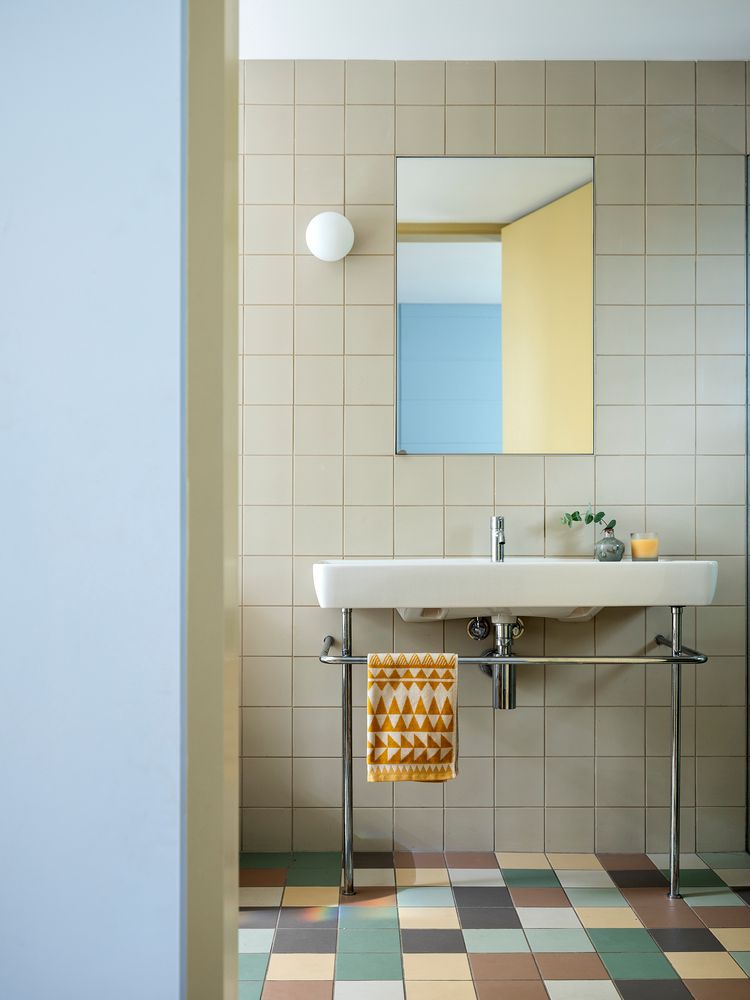
4. DIY Wall Tiles
Tiling can profoundly influence a bathroom's personality. From the gleam of fresh ceramic to the rustic charm of terracotta, tiles can set the mood. While professional tiling can be expensive, the DIY route provides homeowners an opportunity to not only save money but also to add a personal touch to their space.
The rise of online tutorials, videos, and home improvement blogs has made DIY tiling more accessible than ever. A well-executed DIY tile project starts with thorough research. Understand the kind of tiles suitable for your bathroom—some might be more resistant to moisture, while others offer slip resistance. Subway tiles, for example, provide a clean, timeless look, while patterned or mosaic tiles can introduce colour and eclectic charm.
Materials and tools are next on the list. Ensuring you have the right adhesive, spacers, grout, and tools like a tile cutter will pave the way for a smoother tiling process. Also, remember that preparation is paramount: walls and floor should be cleaned, and any significant imperfections addressed.
Have ideas for a Bathroom renovation? View our full Company Directory to find an Architecture & Design professional to help you or post your project brief and let the professionals come to you, for free!
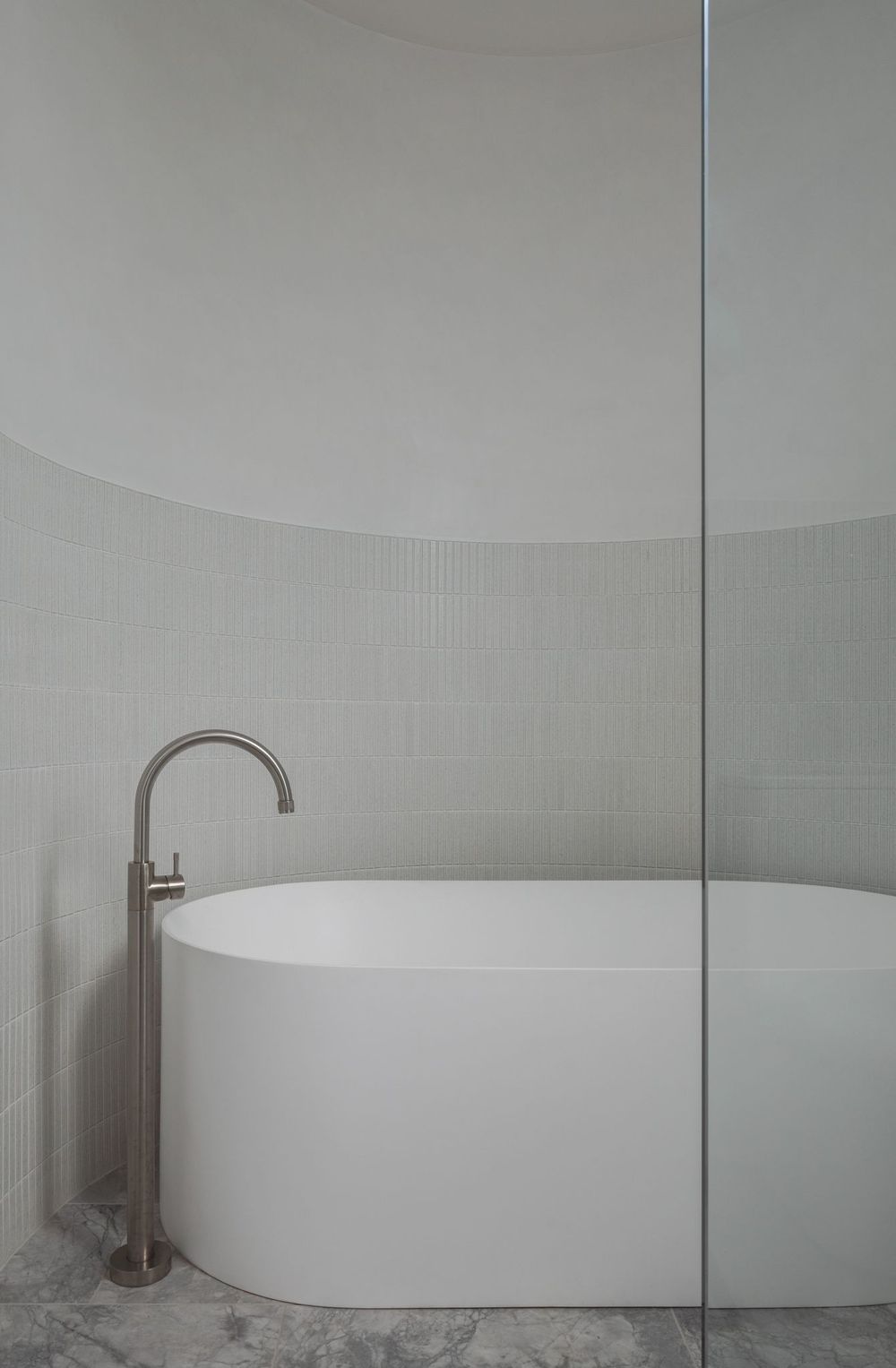
5. Add Open Shelving
Open shelving has emerged as a trendy and functional design solution, especially in spaces where a balance between aesthetics and utility is sought. In the realm of bathroom design, open shelving introduces a refreshing shift from the usual closed cabinetry, offering both accessibility and an a window of opportunity for decorative displays.
One of the primary advantages of open shelving is its ability to create an illusion of space. Closed cabinets, particularly in smaller bathrooms, can make the area feel cramped. In contrast, open shelves, by revealing more wall space and ceiling above, can impart an airy and expansive feel. This design choice allows homeowners to utilize vertical space efficiently, providing storage without overwhelming the room.
But it's not just about storage. Open shelves present a canvas for personal expression. From neatly rolled towels to decorative jars, vases, mirrors or even a selection of houseplants, these shelves allow one to showcase elements that reflect personal style. They bridge the gap between functionality and decoration, turning everyday items into décor elements.
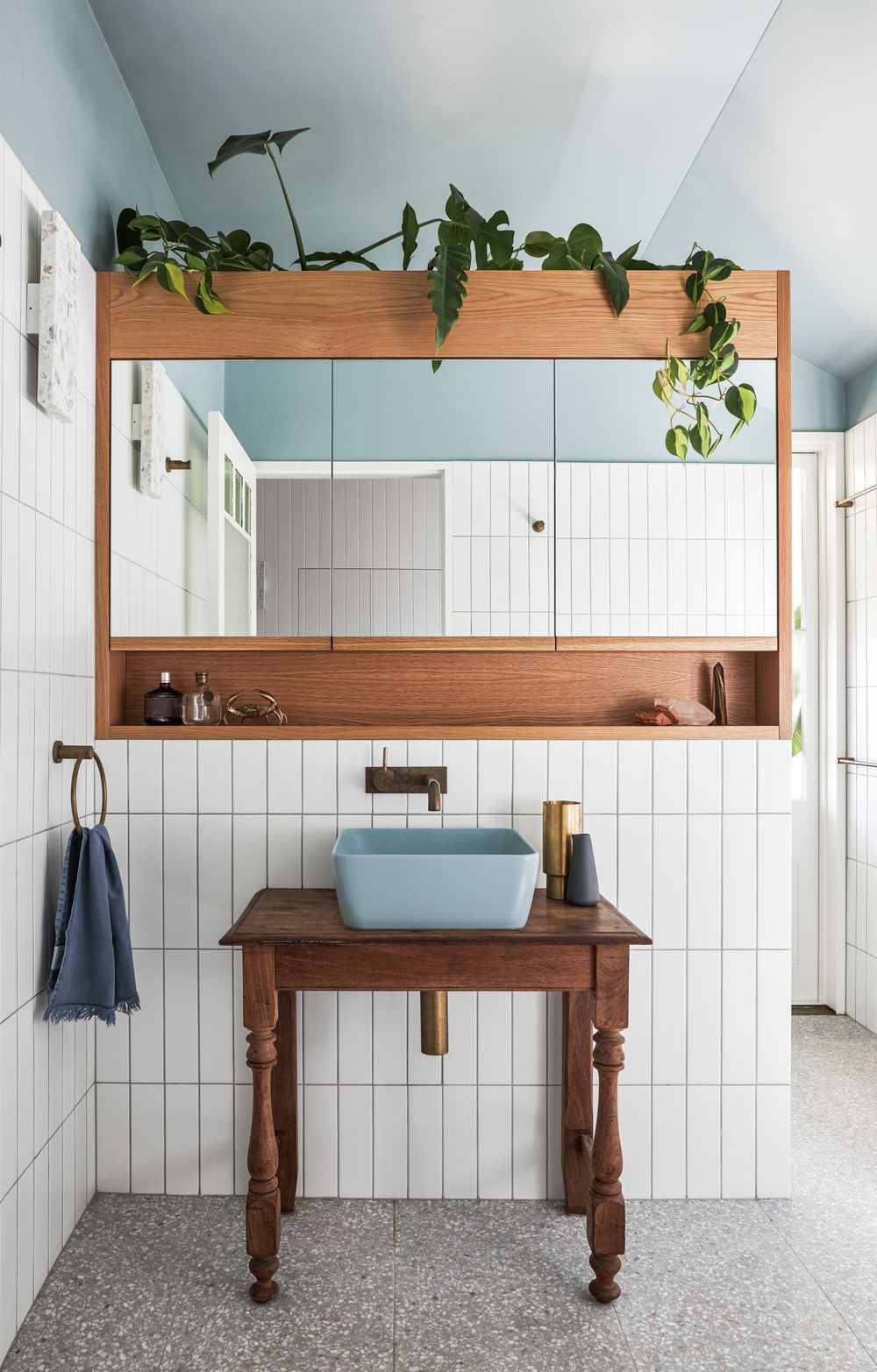
6. Upgrade Lighting
Lighting, often considered the unsung hero of interior design, holds transformative power, especially in the intimate confines of a bathroom. While its primary function is to illuminate, the qualitative aspects of light—its warmth, direction, and intensity—can greatly influence a room's ambiance and functionality.
In bathrooms, where tasks like shaving or makeup application require precision, appropriate lighting is paramount. Old or inadequate fixtures can cast shadows, produce glare, or simply fail to provide the necessary brightness. Upgrading to modern fixtures can solve these issues, while simultaneously introducing a touch of contemporary style.
Newer fixtures tend to lean towards LED options, which offer numerous advantages over traditional bulbs. LEDs are not only more energy-efficient, reducing electricity bills, but they also have a longer lifespan, requiring fewer replacements.
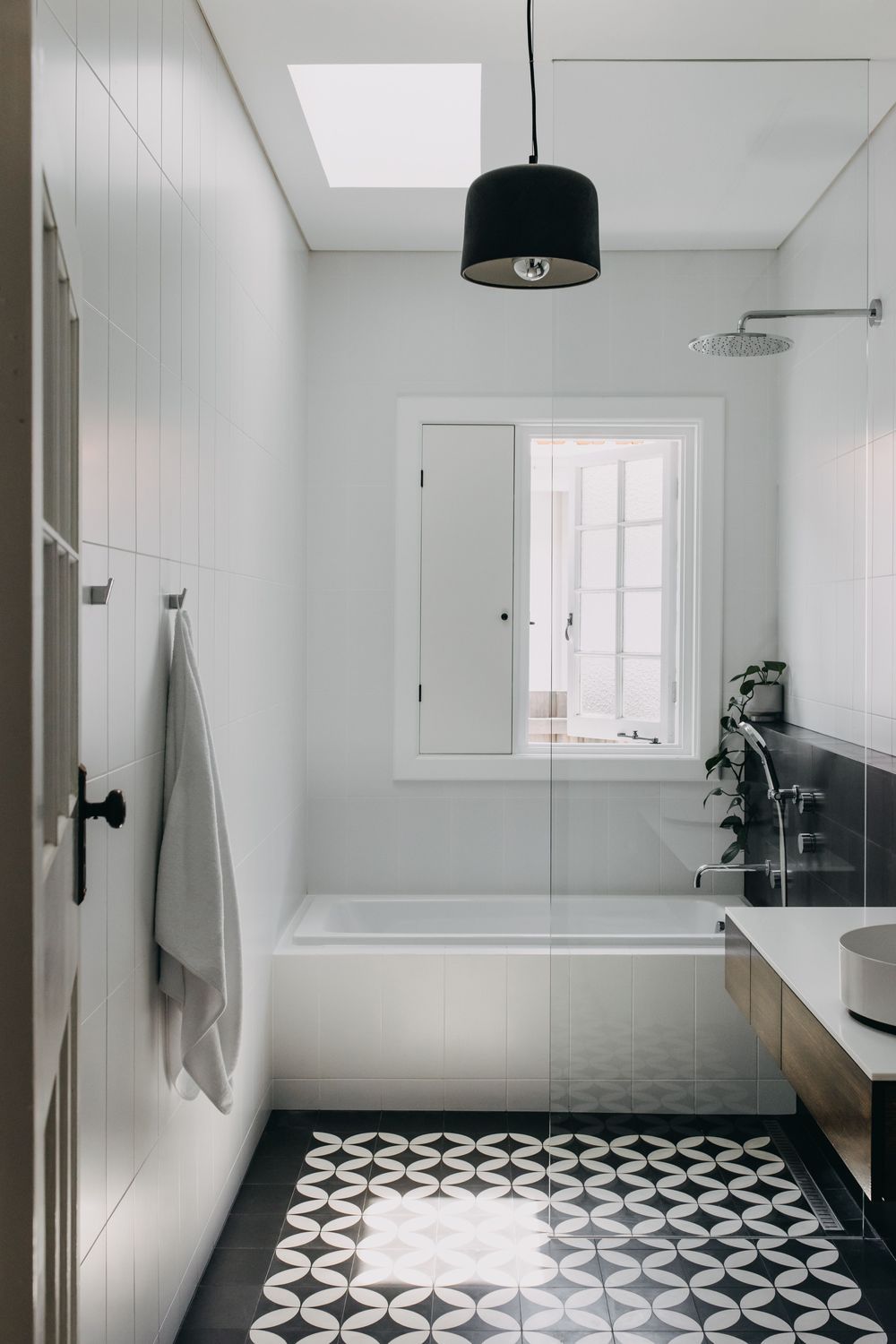
9. Regrout Tiles
Over time, the once pristine grout between your bathroom tiles can become discoloured, cracked, or even start to deteriorate, marring the overall appearance of the space. Regrouting your shower itself is a revitalising technique that not only restores the fresh look of tiled areas but also ensures their longevity and cleanliness.
Grout plays a vital role beyond aesthetics; it seals the gaps between roof tiles, preventing moisture from seeping behind and causing potential damage or mould growth. As such, when grout begins to show signs of wear or damage, it's not just an eyesore; it can be a precursor to more significant problems.
Opting to regrout tiles, rather than completely retiling the bathroom, is both cost-effective and environmentally friendly. It focuses on refurbishing what's already in place rather than introducing new materials. The process involves removing the old, compromised grout and replacing it with a fresh layer. Modern grout mixtures often come with antimicrobial properties that resist mould and mildew, ensuring longer-lasting cleanliness and reducing maintenance efforts.
Colour selection is another dimension of regrouting that homeowners can explore. While matching the existing tile colour offers a seamless look, contrasting grout colours can add depth and visual interest. Dark grout with light tiles, as marble for instance, can create a striking grid pattern, adding texture to the bathroom's design.
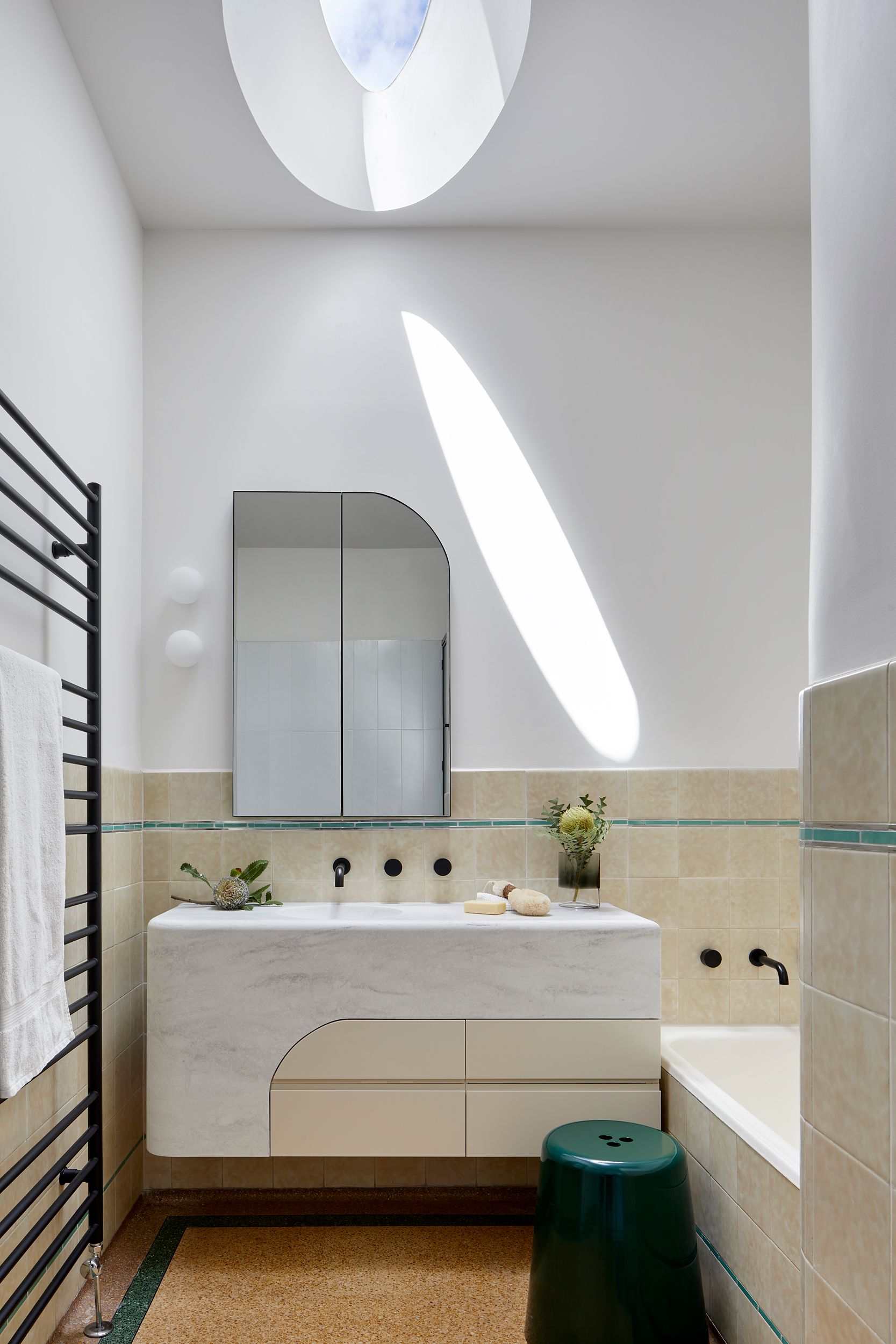
10. Repurpose and Upcycle
The growing movement towards sustainability has led many to reconsider the often linear trajectory of buy-use-discard, embracing instead the principles of repurposing and upcycling. In the context of bathroom renovations, these approaches present opportunities not just for environmental stewardship, but also for fostering unique, character-rich spaces.
Repurposing involves reimagining the use of an item, often diverting it from its original function. In a bathroom, an old wooden ladder can find new life as a quirky towel rack. Similarly, an antique dresser, with some modifications, can be transformed into a distinctive floating vanity unit. Such unconventional inclusions infuse the bathroom with a story, blending history with modern-day function.
Upcycling, a close relative of repurposing, requires a bit of craftiness. It's the art of elevating discarded or old items to something more valuable or aesthetically pleasing. For instance, mason jars can be painted and mounted to serve as toothbrush holders or storage for bathroom essentials. Vintage crates can be polished and hung on walls as rustic shelving. Even old plumbing pipes can be fashioned into industrial-style towel bars or toilet paper holders.
Beyond the obvious environmental benefits of reducing waste, repurposing and upcycling offer homeowners a chance to break away from cookie-cutter bathroom designs. The items introduced via these methods carry stories, quirks, and a uniqueness hard to replicate with off-the-shelf products.
However, it's essential to ensure that repurposed items are suitable for bathroom conditions. Items should be treated or sealed to withstand moisture, preventing mould growth or deterioration.
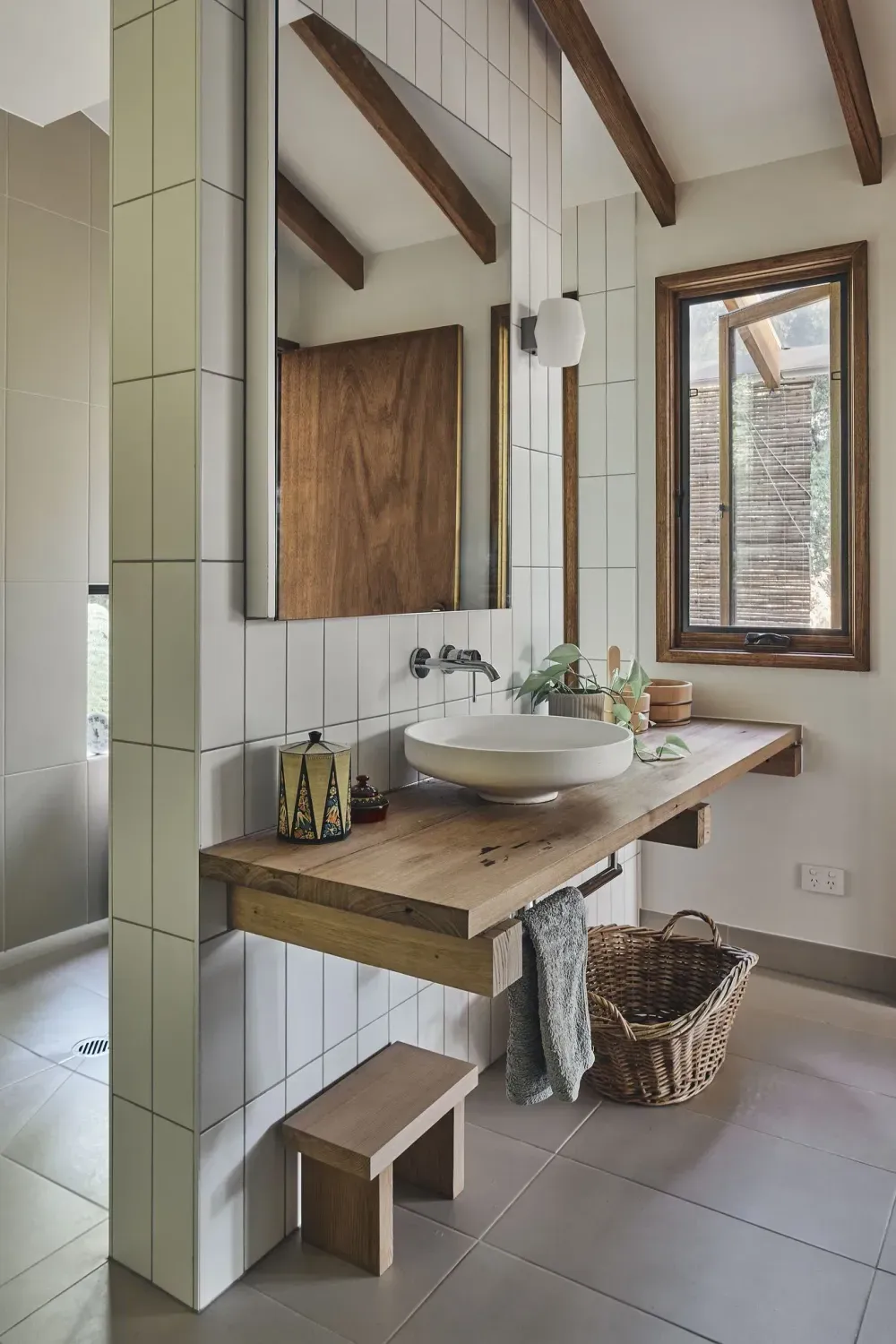
Bathroom renovations, while often seen through the lens of aesthetics and luxury, also offer a platform for creativity, sustainability, and thoughtful bathroom design ideas. By embracing budget-friendly and innovative approaches like repurposing, upcycling, or simply updating fixtures, homeowners can breathe new life into their spaces without undue financial strain. These changes, both big and small, contribute to a refreshed, functional, and personal sanctuary within the home. Remember, the essence of a successful renovation doesn't always lie in grand transformations but often in the thoughtful details, the creative solutions, and the passion poured into every choice. Whether you're painting, regrouting, or giving old items a second life, each step brings you closer to crafting the bathroom of your dreams.
Have ideas for a Bathroom renovation? View our full Company Directory to find an Architecture & Design professional to help you or post your project brief and let the professionals come to you, for free!
Frequently Asked Questions
How much does a bathroom renovation cost in Australia?
Homeowners often inquire about the cost of renovating a bathroom in Australia. The cost can vary significantly based on factors such as the size of the bathroom, the extent of the renovation, materials used, and the location. On average, a basic bathroom renovation could start from around $10,000 AUD, while more extensive projects with higher-end finishes can exceed $30,000 to $40,000 AUD or more.
Do I need a permit for a bathroom renovation in Australia?
Many homeowners wonder if they need permits for bathroom renovations. Generally, minor cosmetic changes like repainting or replacing fixtures may not require permits. However, for structural changes, plumbing alterations, or electrical work, permits might be necessary. It's important to check with the local council or relevant authorities to ensure compliance with regulations and to obtain any required permits before starting the renovation.
How long does a bathroom renovation take in Australia?
The duration of a bathroom renovation can vary based on the complexity of the project. Simple updates might take a few weeks, while more comprehensive renovations involving structural changes or complete overhauls could take several weeks to a few months. Delays due to unforeseen issues, material availability, or changes in the project scope can also impact the timeline.
What are some energy-efficient and water-saving options for bathroom renovations in Australia?
With a focus on sustainability and water conservation, many Australians inquire about energy-efficient and water-saving solutions for their bathroom renovations. Some popular options include installing water-efficient fixtures like dual-flush toilets and low-flow faucets, using LED lighting for energy savings, and choosing materials with eco-friendly certifications. Additionally, incorporating proper insulation and ventilation can help improve energy efficiency and indoor air quality.
